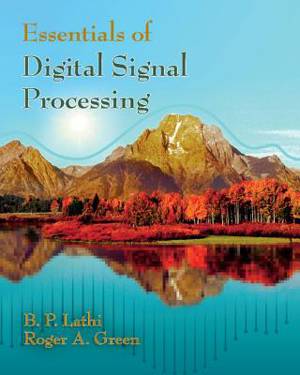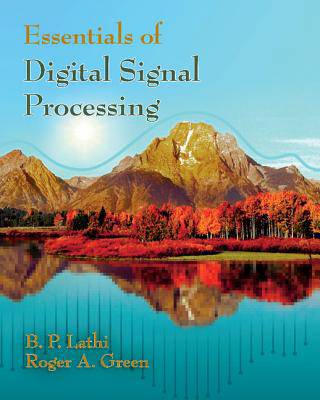
- Afhalen na 1 uur in een winkel met voorraad
- Gratis thuislevering in België vanaf € 30
- Ruim aanbod met 7 miljoen producten
- Afhalen na 1 uur in een winkel met voorraad
- Gratis thuislevering in België vanaf € 30
- Ruim aanbod met 7 miljoen producten
Zoeken
€ 259,45
+ 518 punten
Omschrijving
This textbook offers a fresh approach to digital signal processing (DSP) that combines heuristic reasoning and physical appreciation with sound mathematical methods to illuminate DSP concepts and practices. It uses metaphors, analogies, and creative explanations along with carefully selected examples and exercises to provide deep and intuitive insights into DSP concepts. Practical DSP requires hybrid systems including both discrete- and continuous-time components. This book follows a holistic approach and presents discrete-time processing as a seamless continuation of continuous-time signals and systems, beginning with a review of continuous-time signals and systems, frequency response, and filtering. The synergistic combination of continuous-time and discrete-time perspectives leads to a deeper appreciation and understanding of DSP concepts and practices. Notable Features 1. Written for upper-level undergraduates 2. Provides an intuitive understanding and physical appreciation of essential DSP concepts without sacrificing mathematical rigor 3. Illustrates concepts with 500 high-quality figures, more than 170 fully worked examples, and hundreds of end-of-chapter problems 4. Encourages student learning with more than 150 drill exercises, including complete and detailed solutions 5. Maintains strong ties to continuous-time signals and systems concepts, with immediate access to background material with a notationally consistent format, helping readers build on their previous knowledge 6. Seamlessly integrates MATLAB throughout the text to enhance learning 7. Develops MATLAB code from a basic level to reinforce connections to underlying theory and sound DSP practice
Specificaties
Betrokkenen
- Auteur(s):
- Uitgeverij:
Inhoud
- Aantal bladzijden:
- 760
- Taal:
- Engels
Eigenschappen
- Productcode (EAN):
- 9781107059320
- Verschijningsdatum:
- 28/04/2014
- Uitvoering:
- Hardcover
- Formaat:
- Genaaid
- Afmetingen:
- 254 mm x 203 mm
- Gewicht:
- 1519 g

Alleen bij Standaard Boekhandel
+ 518 punten op je klantenkaart van Standaard Boekhandel
Beoordelingen
We publiceren alleen reviews die voldoen aan de voorwaarden voor reviews. Bekijk onze voorwaarden voor reviews.








